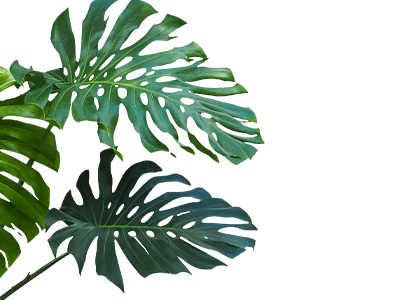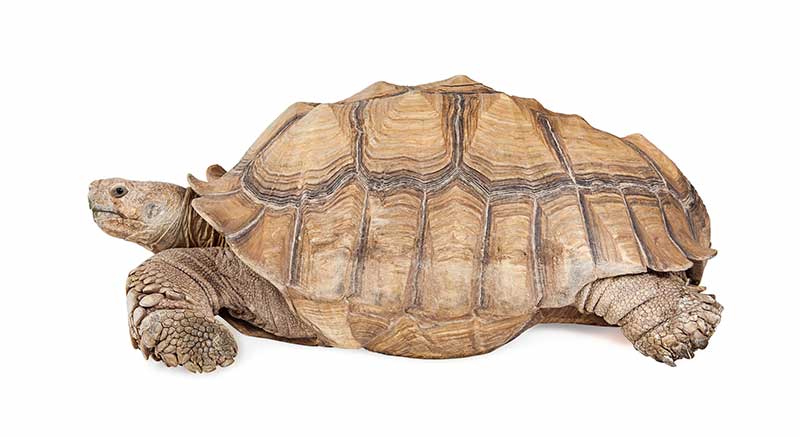
tortoises
Tortoises are fun animals to keep, partly because of their calm and gentle character. And a big advantage is that the tortoises mainly eat leafy green and weeds. The shield is mainly to protect the animals from enemies. They do this by pulling their heads inwards and covering them with their front legs, but the shell has multiple functions, for example it also insulates well to protect the turtles against the cold. Turtles can get very old, it takes decades for them to reach adulthood alone. It is not recommended to let your turtle roam freely in the house. This is way too cold, turtles need a lot of heat. Read more…




tortoises
The tortoise's front legs are covered with coarse, thick scales that become part of the carapace. Most tortoise species are found in Africa, followed by Central America, Europe and Asia. The continents where tortoises do not occur are Australia and Antarctica. The largest species in existence is the giant tortoise and is only found in the Galapagos. With its 120 cm long shield and a weight of more than 100 kg, it is a real giant. This is in stark contrast to a super dwarf such as the sawn flat tortoise, which does not grow more than 8 cm. There are several species of tortoises that are kept as pets. Often people prefer a tortoise that can walk freely through the house. People think turtles like to walk around in the living room. This is not good for the turtle (in fact, it is generally not recommended!), our floors are often too slippery and too cold. Turtles can easily contract eye infections and/or pneumonia due to drafts, for example, which are often difficult to cure. Of course there are possibilities to make adjustments here and there in or to your house, such as a sheltered place where they can always retreat. By means of a heat mat in combination with a heat lamp you can ensure that the 'retreat place' is and remains pleasant.
Caresheet
As we have mentioned before, tortoises are very nice animals to keep and it should be taken into account that these animals need large enclosures to walk around in. The size of the enclosure will depend on the species you want to keep. A species that grows to about 25 cm will need a minimum enclosure of 150x80x60 cm and turtles that grow between 40 and 60 cm often need an entire room. Temperature of the enclosure will depend on the species that is chosen, it is in any case important that a place is created where the animal can easily warm up. The use of UVb lighting is also very important. By using UVb lamps, the production of vitamins D3 is promoted and calcium can be absorbed into the body. A bottom substrate is also important for tortoises. Some species like to burrow to get through the night. Sand or coconut fiber (humus) can be used. Some varieties use a mixture of both. It is important that the substrate is not too coarse in structure. As a result, animals do not walk very stable. Furthermore, the lodging can be furnished with pieces of wood or stones. But be aware that some species are dare-devils and try to climb on these pieces and fall off again and end up on their backs. This looks very pathetic when all four legs struggle and the turtle does everything it can to get back on its feet. In most cases this also works. But make sure that this does not happen under the heat source.

Nutrition
As before, the food for tortoises mainly consists of leafy green (eg endive), weeds and grass and sometimes cactus. It is important to provide all vegetables with a good vitamin and mineral preparation to supplement any shortage. Even though tortoises get moisture from their food, it is still important to place a water bowl in the terrarium where the tortoise can drink or bathe. Make sure that the edge of the water bowl or food bowl is not too high. So that the animals can easily reach it.
Russian Four-Toed Tortoise
Testudo horsfieldii
This tortoise is one of the most commonly kept species that can grow to about 25 cm and is known for its 4 large nails (toes) with which it can dig well. Young Russian four-toed tortoises up to 10 cm need a terrarium of at least 100x50x50cm, larger animals need a minimum stay of 150x80x60 cm. As a substrate it is best to use Lucky Reptile Tortoise bedding or a mixture of coconut fiber (humus) and sand. For lighting, use can be made of a Combination lamp that emits heat and UVB. It is best to keep this species solitary. Even couples can fight among themselves.

panther turtles
Stigmochelys pardalis
This tortoise is a strong species that can grow to a size of about 40 to 65 cm. Due to its size, it is important that these animals need large enclosures. The species lives mainly in warm areas and can tolerate temperatures under the lamp of 45°c in the coldest corner a temperature of 24°c. It is important that these turtles "not" continuously receive fresh food that still contains a lot of moisture. As a result, they get too much moisture and can get diarrhea, which eventually dehydrates them. This can be solved by letting the food dry out slightly or by adding dry food to the diet.







